Mozambique: Sugar production in current campaign could reach 1.9 million tons
Nyusi inaugurates pumping station in Baixo Limpopo – WATCH
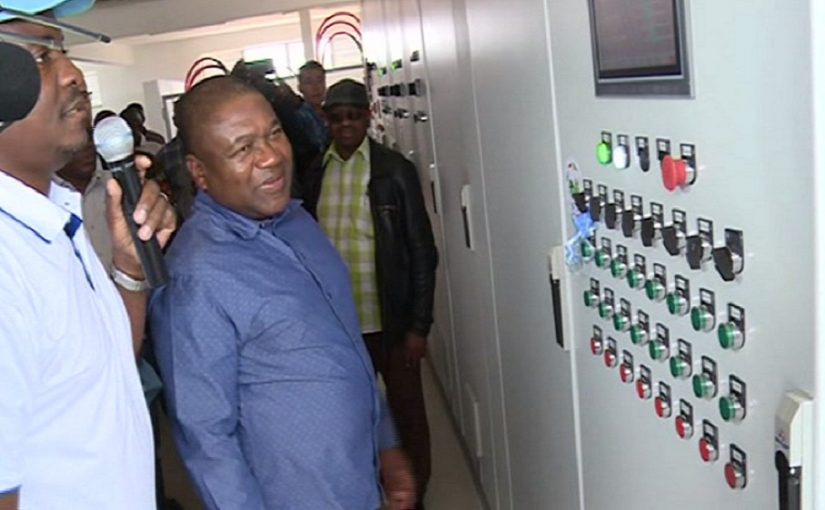
TVM
Mozambican President Filipe Nyusi on Thursday inaugurated the Magula pumping station in the Lower Limpopo irrigation scheme, in Chonguene district, in the southern province of Gaza.
This is a facility that can irrigate a total area of 1,050 hectares, with the capacity to pump 2.49 cubic metres of water a second. The pumping station cost 10.1 million US dollars, financed by a loan from the African Development Bank (ADB).
The system will allow the production of 5,000 tonnes of rice and 20,000 tonnes of vegetables per agricultural campaign, in addition to maize and other crops.
Nyusi declared that the pumping station will boost the potential of the region. It will allow increases in production and productivity, in order to guarantee food security and generate income for farming households.
“This is an initiative which seeks to implement the government’s dream of transforming subsistence peasant farmers into agro-business producers”, he said.
Nyusi urged the farmers to compete with themselves, always seeking to surpass the production they had achieved the previous year, and always improving their quality and productivity.
“With its 1.050 hectares, Magula is, as from today, at the centre of the attentions of Mozambicans, because it opens expectations for the improvement and diversification of production”, said the President. It was initiatives such as Magula that could solve the country’s problems.
He explained that the initiative, in addition to allowing water management in the event of floods, and guaranteeing storage of water for irrigation, is also a measure of resilience against climate change.
The farmers, Nyusi said, “should assume that the targets laid down for this project can be attained, if they strive for high levels of efficiency, increasing the cycles of production and transforming the dream of increased production into reality every year”.
He stressed the need for Mozambican businesses to invest in agro-processing, storage and agricultural marketing, to avoid post harvest losses. He believed that the Lower Limpopo irrigation scheme could serve as a source of inspiration for other, similar projects.
He added that the Wimbau project, also in the Lower Limpopo irrigation area, is already producing rice that is available on the Mozambican market.



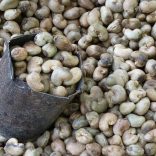
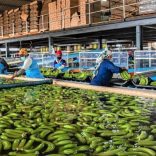


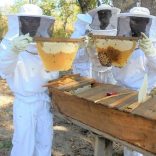
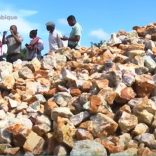
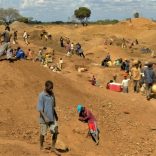
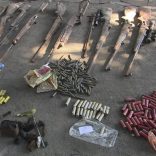

Leave a Reply
Be the First to Comment!
You must be logged in to post a comment.
You must be logged in to post a comment.